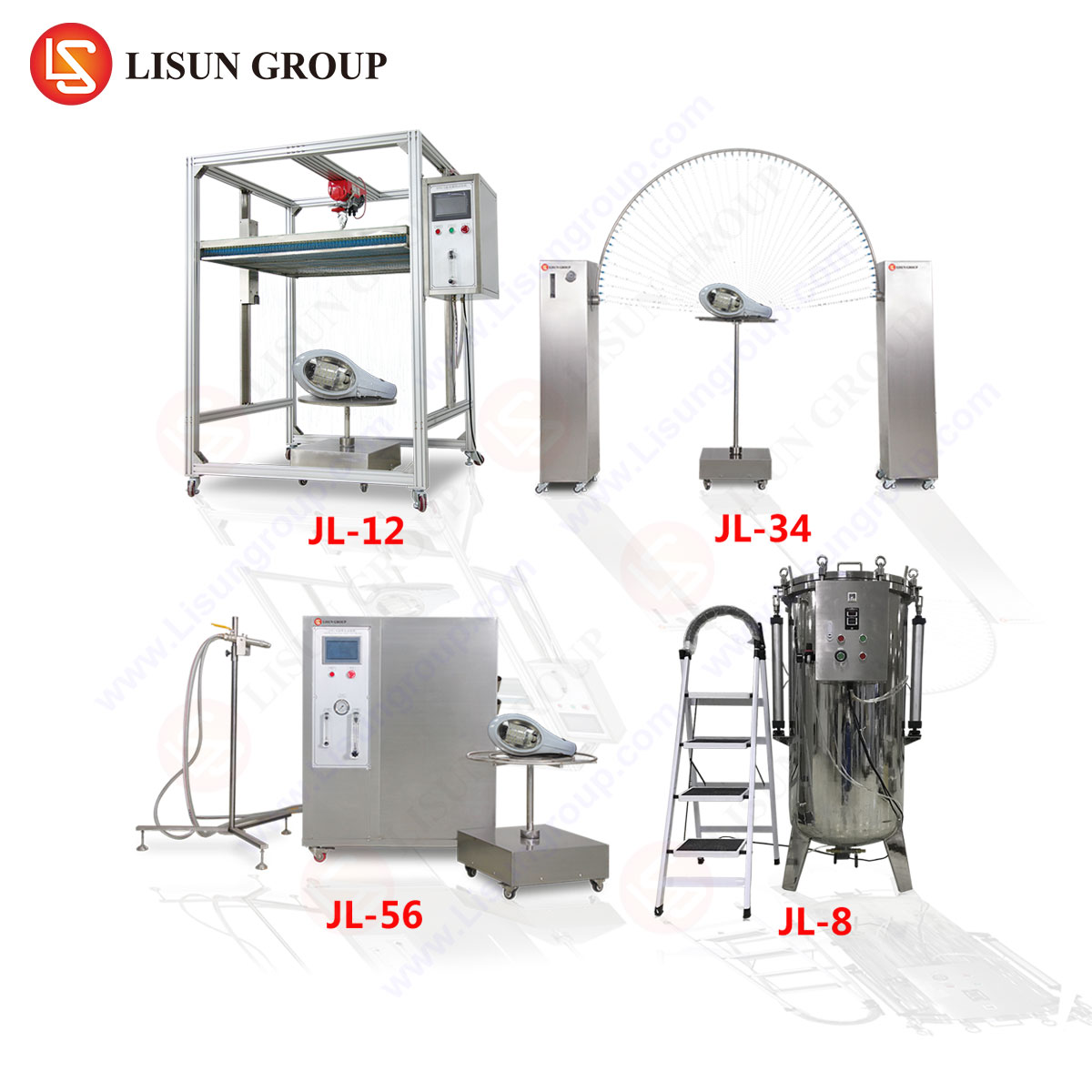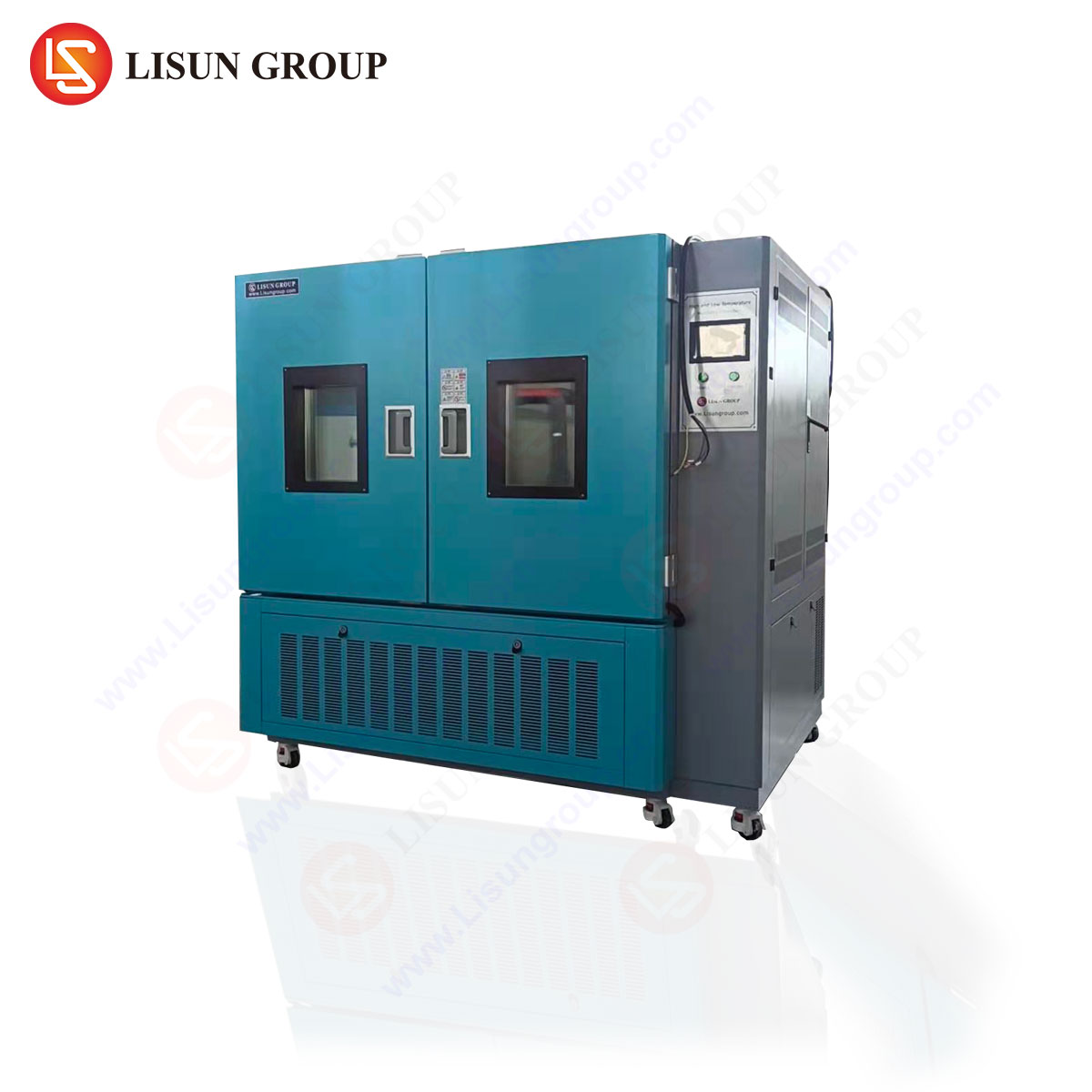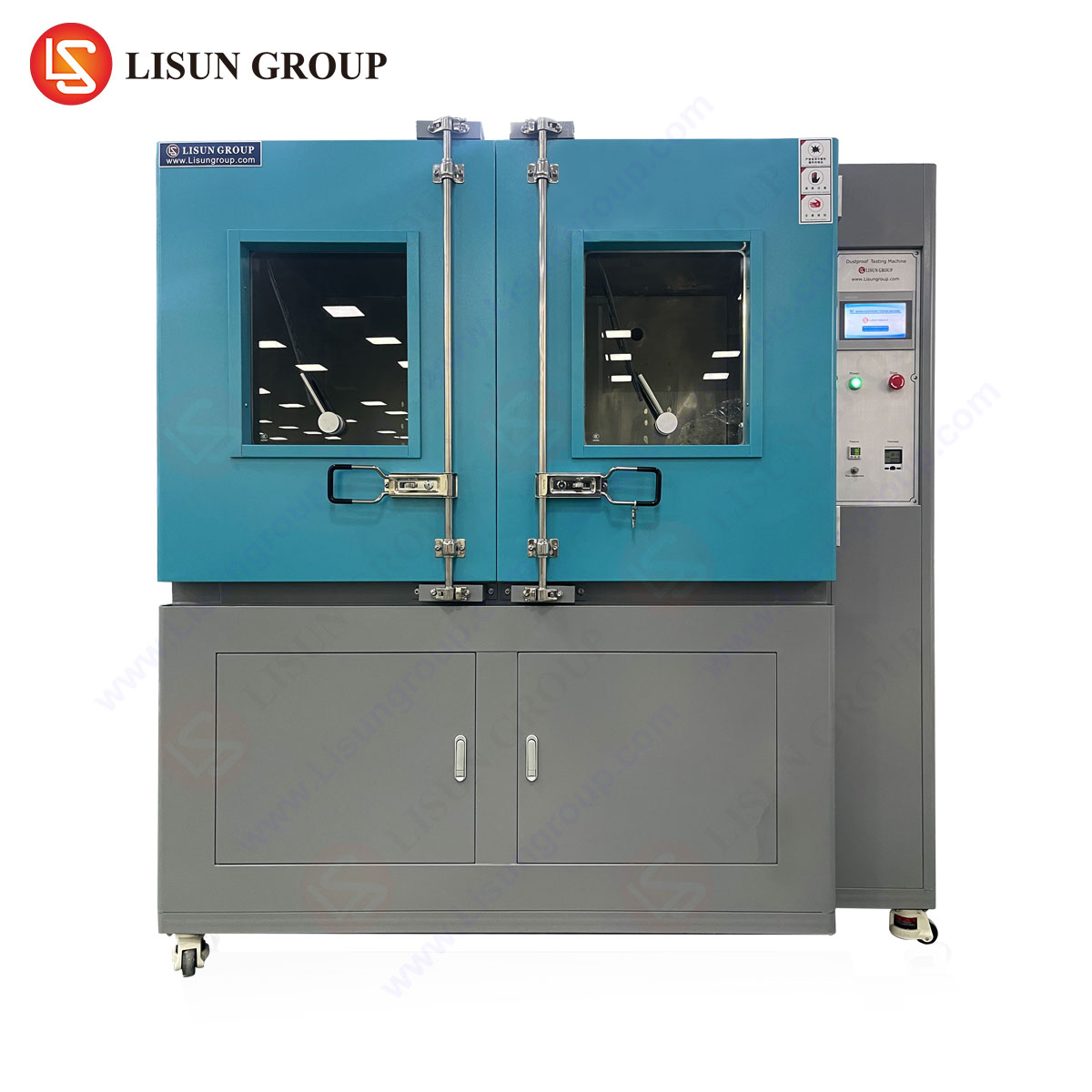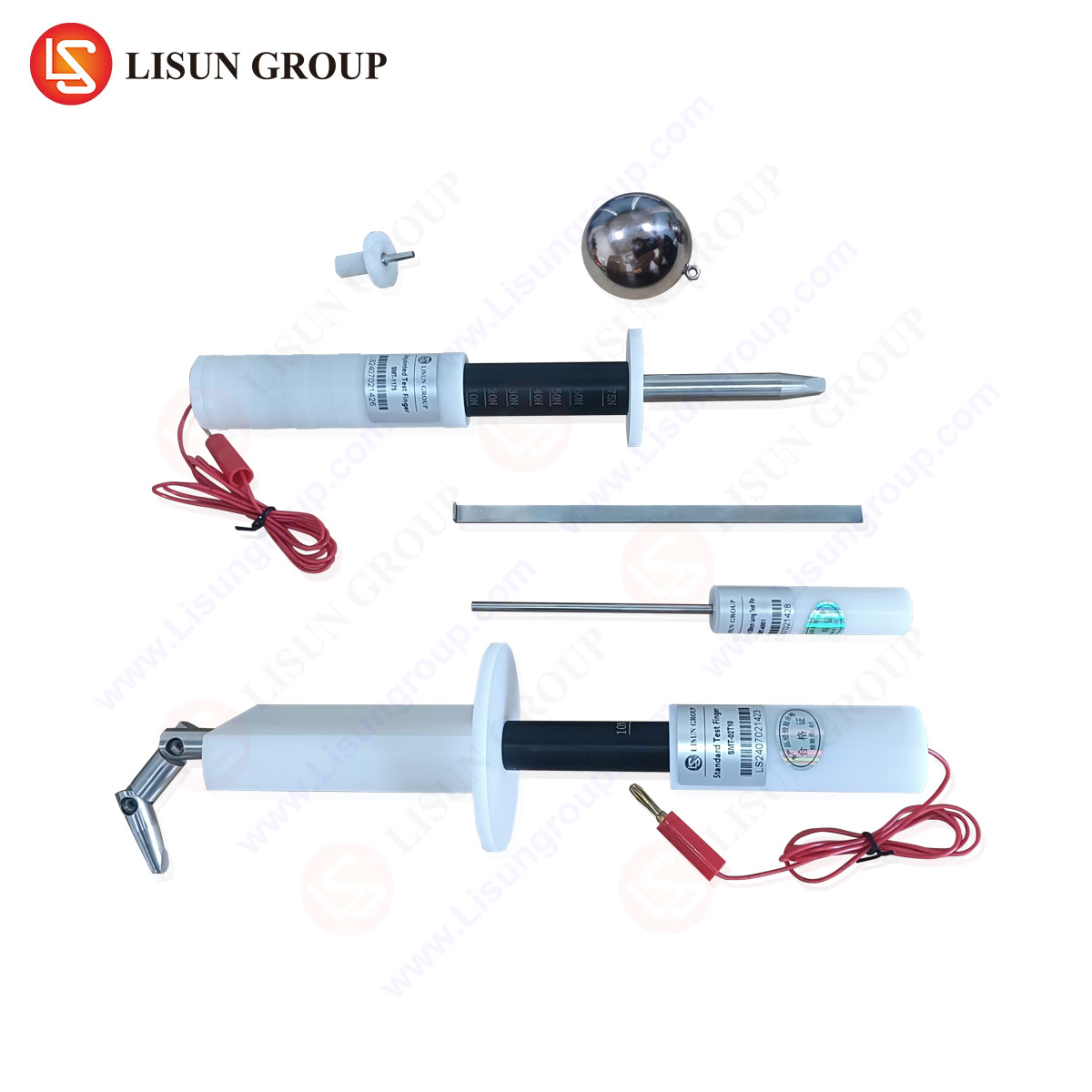Factors Influencing Flammability Tester Price Variability
The cost of flammability testers is determined by multiple technical and operational factors, including compliance with international standards, testing precision, automation capabilities, and material durability. Entry-level models designed for basic vertical flame tests may range between $3,000 and $7,000, whereas advanced systems incorporating needle flame, glow-wire, or horizontal-vertical flame testing functionalities can exceed $20,000. High-end models, such as the LISUN ZY-3 Needle Flame Test, integrate programmable logic controllers (PLCs), real-time data acquisition, and multi-standard compliance, justifying their premium pricing.
Additional cost determinants include:
- Testing Scope: Devices capable of performing multiple flammability assessments (e.g., IEC 60695-11-5, GB/T 5169.5) command higher prices due to reduced equipment redundancy.
- Material Construction: Stainless steel chambers and ceramic-insulated heating elements enhance longevity but increase manufacturing expenses.
- Regulatory Compliance: Systems validated for IEC, UL, ISO, and ASTM standards necessitate rigorous certification, impacting final pricing.
Technical Specifications of the LISUN ZY-3 Needle Flame Test
The LISUN ZY-3 Needle Flame Test is engineered to evaluate the flame resistance of materials used in electrical enclosures, insulation components, and plastic housings. Its design adheres to IEC 60695-11-5, GB/T 5169.5, and UL 94 standards, ensuring applicability across global markets.
Key Parameters:
- Flame Temperature: Adjustable between 100°C and 1,000°C (±2% accuracy).
- Test Duration: Programmable intervals from 1 to 999 seconds.
- Sample Positioning: Vertical and horizontal configurations for multi-standard validation.
- Gas Supply: Butane-propane mix with flow rate regulation (0–150 mL/min).
- Safety Mechanisms: Automatic flame extinguishing, gas leakage detection, and overheat protection.
Testing Principle:
A controlled needle flame is applied to a specimen for a predetermined duration. Post-ignition behavior—flame spread, afterglow duration, and dripping tendencies—is recorded via high-resolution thermal imaging. Data outputs include flame-retardant classifications (e.g., V-0, V-1, V-2 per UL 94).
Industry-Specific Applications of Needle Flame Testing
Electrical and Electronic Equipment
Polymer-based circuit boards and connectors must resist ignition from internal faults. The ZY-3 verifies compliance with IEC 62368-1, mitigating fire risks in power supplies and control modules.
Automotive Electronics
EV battery housings and infotainment systems undergo needle flame testing to meet ISO 20653 ingress protection and flame-retardancy mandates.
Medical Devices
Enclosures for patient monitors and imaging equipment are tested to prevent combustion in oxygen-rich environments (per IEC 60601-1).
Aerospace and Aviation
Cabin interior materials (seat fabrics, overhead panels) require FAR 25.853 certification, where the ZY-3 assesses flame penetration resistance.
Competitive Advantages of the LISUN ZY-3
- Multi-Standard Testing: Eliminates the need for separate devices for UL 94, IEC, and GB/T protocols.
- Automated Calibration: Reduces operator-dependent errors via self-diagnostic routines.
- Modular Upgrades: Optional attachments for glow-wire (IEC 60695-2-10) and horizontal flame tests.
- Data Integrity: Integrated software generates audit-ready reports with timestamped ignition metrics.
Cost-Benefit Analysis: Needle Flame Testers vs. Alternative Methods
While glow-wire testers (approx. $15,000–$25,000) and large-scale combustion chambers ($50,000+) serve niche applications, needle flame testers offer a balance of precision and affordability. The ZY-3’s $12,500–$16,000 price range positions it as a cost-efficient solution for SMEs requiring IEC/UL compliance without excessive capital expenditure.
Pricing Comparison Among Leading Flammability Testers
| Model | Price Range (USD) | Standards Supported | Automation Level |
|---|---|---|---|
| LISUN ZY-3 | $12,500–$16,000 | IEC 60695-11-5, UL 94, GB/T | High (PLC-controlled) |
| Competitor A (Basic) | $7,000–$10,000 | UL 94 only | Manual |
| Competitor B (Advanced) | $18,000–$22,000 | IEC, UL, ISO | Semi-Automated |
FAQs: Flammability Testing and the LISUN ZY-3
Q1: What distinguishes needle flame testing from glow-wire testing?
A1: Needle flame testing simulates small ignition sources (e.g., electrical sparks), while glow-wire testing evaluates resistance to overheating components (e.g., faulty resistors).
Q2: Can the ZY-3 test non-metallic materials?
A2: Yes, it is optimized for plastics, textiles, and composite materials common in electronics and automotive sectors.
Q3: How often should calibration be performed?
A3: Annual calibration is recommended, though high-usage environments may require bi-annual verification.
Q4: Does the ZY-3 include software for regulatory documentation?
A4: Yes, its embedded software exports CSV and PDF reports compliant with ISO 17025 audit requirements.
Q5: What industries mandate needle flame testing?
A5: Telecommunications (ITU-T K.45), lighting (IEC 60598), and industrial controls (IEC 60204-1) routinely require such assessments.







